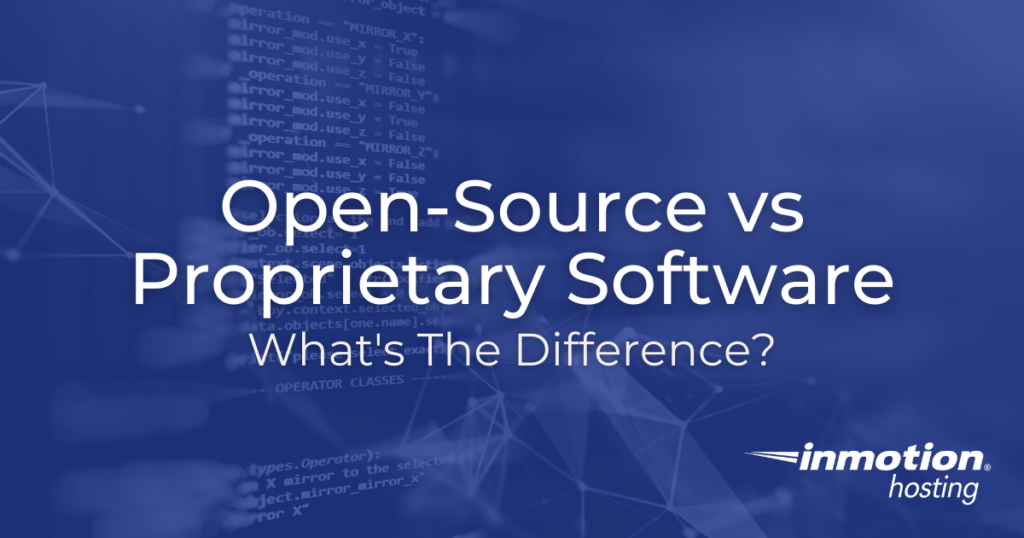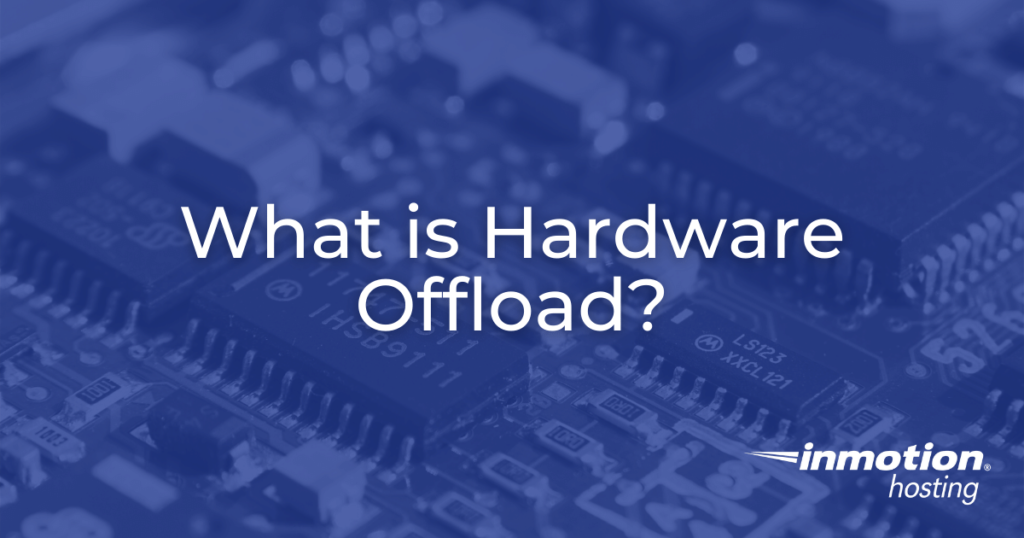
In addition to a CPU and a GPU, one of the most important pieces of computer hardware is the motherboard. If the CPU can be considered the computer’s brain, then the motherboard is the central nervous system of the computer. This crucial component connects all of the various computer hardware elements and allows them to communicate with each other. In this article, we will explore the purpose of motherboards and discuss a few common types of motherboards.
Continue reading –>












